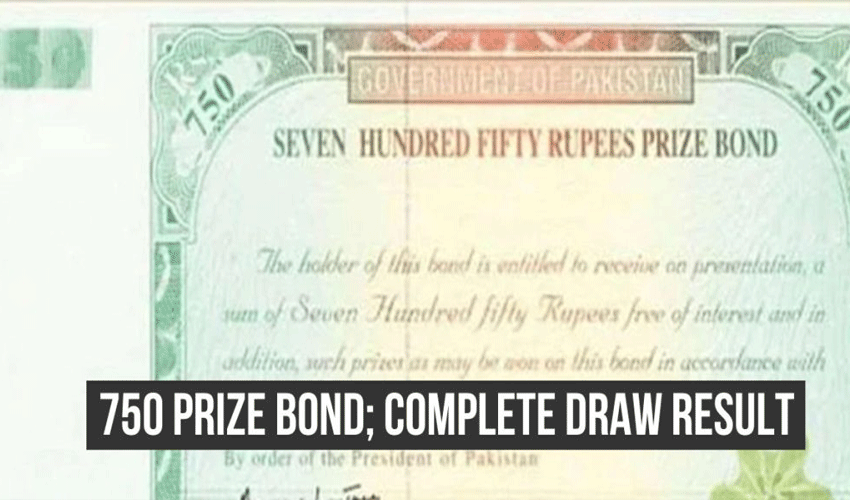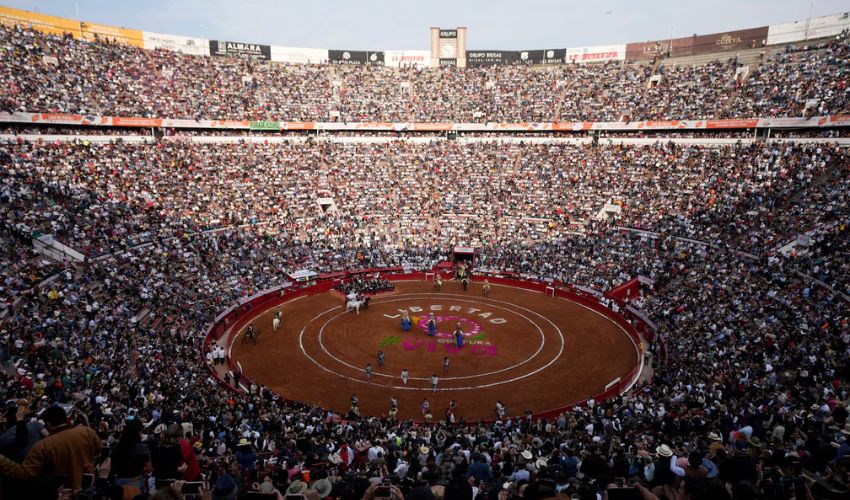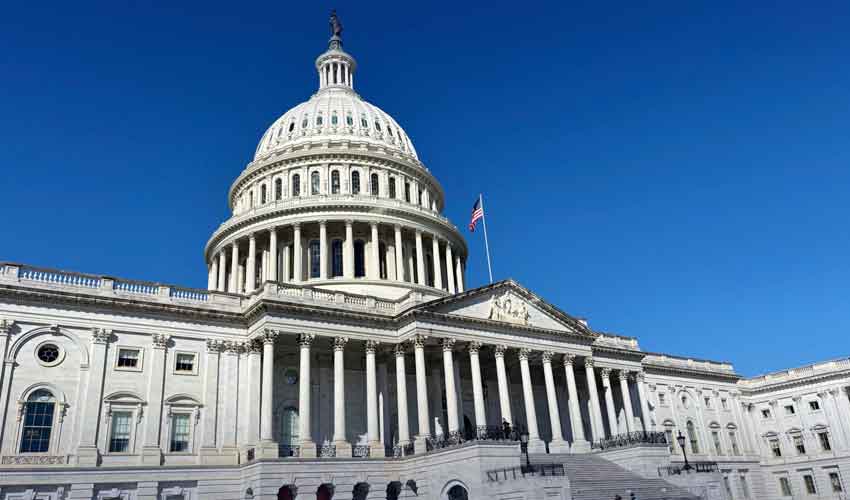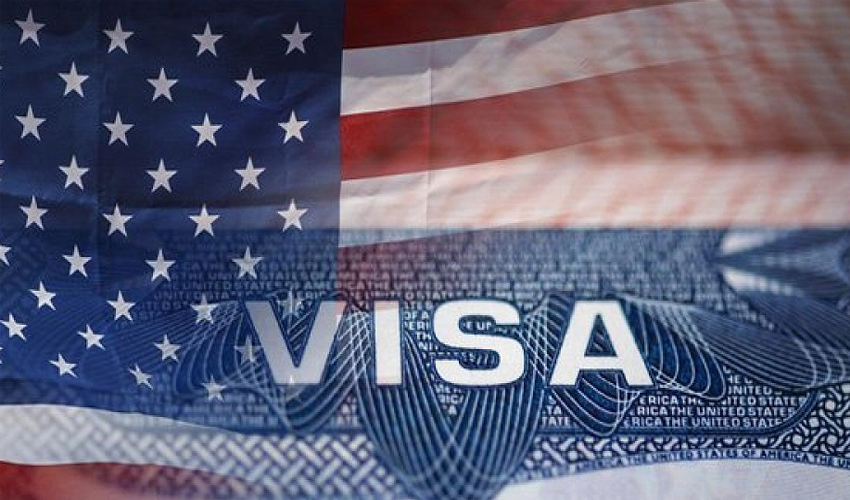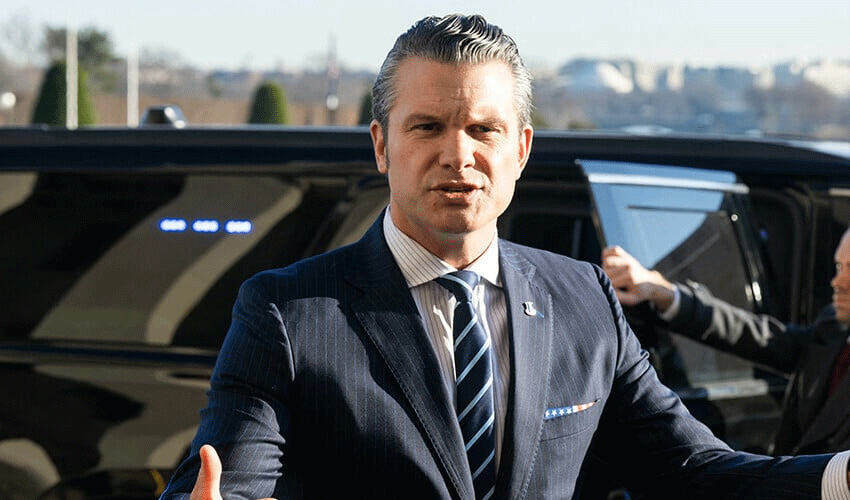As the United States heads toward choosing its president on Election Day, November 5, perhaps one of the most basic and oft-missed parts of the electoral process is what takes place when people vote Electoral College.
It's a pretty mysterious mechanism, sometimes leading to shocking outcomes, like the occasion when the candidate who wins the popular vote does not win the presidency. So here's an explanation for how it all works, a primer on the Electoral College itself.
What is Electoral College?
In the US electoral landscape, when the citizens make their presidential ballot-be it Democrat Kamala Harris or Republican Donald Trump-they do not vote for either of these candidates. They are instead part of a state-by-state contest that, through the mechanism called the Electoral College, decides the next president.
The Electoral College comprises 538 electoral votes. To be elected president, one must win a majority of at least 270 votes. Importantly, the votes are allocated at a state-by-state rather than a national level.
How does Electoral College work?
Each state has a number of electoral votes that is determined by its population. California, being one of the most populous, also has the biggest share, which is 54 electoral votes. The smallest states are Wyoming, Alaska, and North Dakota, and Washington D.C. has the lowest at three.
Most states award the votes according to a "winner-takes-all" policy. That means if one candidate gains 50.1% of the vote in Texas, he/she carries all the votes of the state, which are 40 in number. The winner in an election can have the other candidate win by a huge margin of votes and still carry all the electoral votes from the state.
One of the most interesting facts about the Electoral College is that a candidate could well win a presidency without receiving the popular national vote. It happens so infrequently and though theoretically possible, it has indeed happened in U.S. history. The most recent instance is 2016, when Donald Trump defeated Hillary Clinton while still losing to her by nearly three million votes. Similarly, in the disputed 2000 election, George W. Bush won over Al Gore even though he lost the popular vote by well over half a million ballots. In U.S. history, only five presidents have been inaugurated having failed to receive a majority of the popular vote-an indication of how the Electoral College might lead to surprise electoral results.
Why is it called an electoral college?
In this case, "college" would be that body of persons called electors, who are entrusted with the duty to cast the official state vote for president. An important point of distinction is that this system applies only in presidential elections; all other elections held in the U.S. are determined by simple majority vote.
Who are the electors?
In some instances, the moves of electors have been surrounded by controversy. Although some states technically allow electors to vote for any candidate, in most states, electors cast their ballots in line with the popular vote in their respective states. Electors who vote against their state's majority are called "faithless electors."
During the 2016 election, there were seven faithless electors, but their actions did not change the outcome. In some states, faithless electors even risk fines and potential prosecution.
If no one wins a majority of the electoral votes, a situation which is almost impossible to occur today, the United States House of Representatives would be in charge of voting to elect a president. This circumstance will only happen if the two-party system is eliminated or combined into one party. The last instance it occurred was in 1824 when four candidates split the electoral votes leaving no one with a majority.
The immediate origin of the Electoral College is traced back to the Constitutional Convention held in 1787. The size of the country as well as poor avenues of communication made a national popular vote impossible at the time.
The framers of the Constitution chose the Electoral College system, which was very appealing to the southern states. Here, a vast population of enslaved persons, who could not vote, contributed toward the population for purposes of head count, which gave these states disproportionate influence in the electoral process. Conclusion
As the November election draws near, the role of the Electoral College remains a crucial yet oft-misunderstood part of the U.S. democratic system.
While it has its proponents and critics, this is a mechanism that will surely be pivotal in the determination of the next president. There is much to be learned by knowing this mechanism relating to the electoral process, and reflects the context of history in its approach to shaping democracy for Americans in the course of centuries. The Electoral College is such a cornerstone of the vote-casting process that reminds one how much a vote matters within the politics of America, but in another sense, such importance is uniquely wrapped within interesting complexities.







